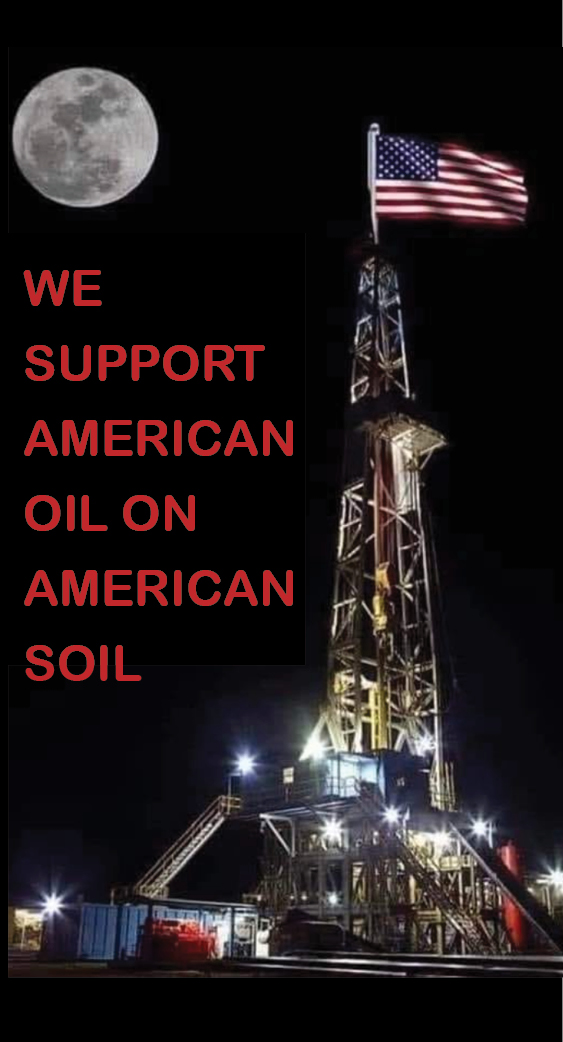Fuel Diversity is Key Because Coal and Gas Both Have Vulnerabilities
Both gas-fired and coal-fired power plants have weaknesses when it comes to fuel security, an official from PJM Interconnection told state energy officials Wednesday, highlighting the importance of fuel diversity in the broader conversation of grid resilience.
The issue is significant because the Trump administration pointed to fuel security when it floated ideas to prop up struggling coal and nuclear plants. And PJM could propose market fixes in 2020 to address potential fuel security issues.
PJM could technically operate the system on only one type of fuel, but it would create problems, Paul McGlynn, senior director of system operations at PJM, said at a conference of the National Association of State Energy Officials in Washington.
COAL AND GAS
“If I only had coal plants, I could operate the system, but that wouldn’t be necessarily very resilient,” McGlynn said. “If there was a rail strike and I couldn’t get coal, I would be in big trouble,” he said.
And as PJM increasingly relies on gas-fired plants, the grid operator also must consider how a gas pipeline incident would affect operations, McGlynn said.
“That’s not to say that, for example, it would be necessarily bad to have all of your resources be gas-fired resources,” he said. “It is more around understanding what the potential implications of that are, and if there were issues on dependent infrastructure, how you would deal with it,” he said.
BLACKSTART RESOURCES
McGlynn also touched on blackstart resources, grid planning and advanced technology in the context of resilience.
After an outage, blackstart resources are used to energize the transmission grid out to a critical generator, which can then crank up to start serving load, McGlynn explained. “From a resilient supply perspective, maybe I can make my blackstart resources co-locate with those other critical resources that I am going to use to bring the grid back up,” he said.
State energy officials should also weigh how to keep certain resilience topics confidential during public transmission siting proceedings, McGlynn said. “When a utility comes to you and wants to build a project due to a resilience issue, they are not going to want to talk too much about what the real driver is for that, at least in public anyway,” he said.
ADVANCED CONDUCTORS
There is also a role for technology to make the grid more resilient, McGlynn said, pointing to microgrids, demand response, and advanced conductors as examples.
On the latter issue, David Townley, director of public policy at CTC Global, touted the advanced conductors his company makes. Advanced conductors are stronger than traditional lines, so they are more able to survive tornado debris, he said. And they sag less between towers, which keeps them out of the flames of a fire, he said
Also, advanced conductors can carry up to two times the amount of current, so it’s like having a shock absorber in the system, he said.
“When things go to hell in a handbasket and flows start going out of whack, it gives the operators the opportunity to have some time to get that system back under control and keep safe operations,” he said.
— By: Kate Winston, S&P Global Platts





















